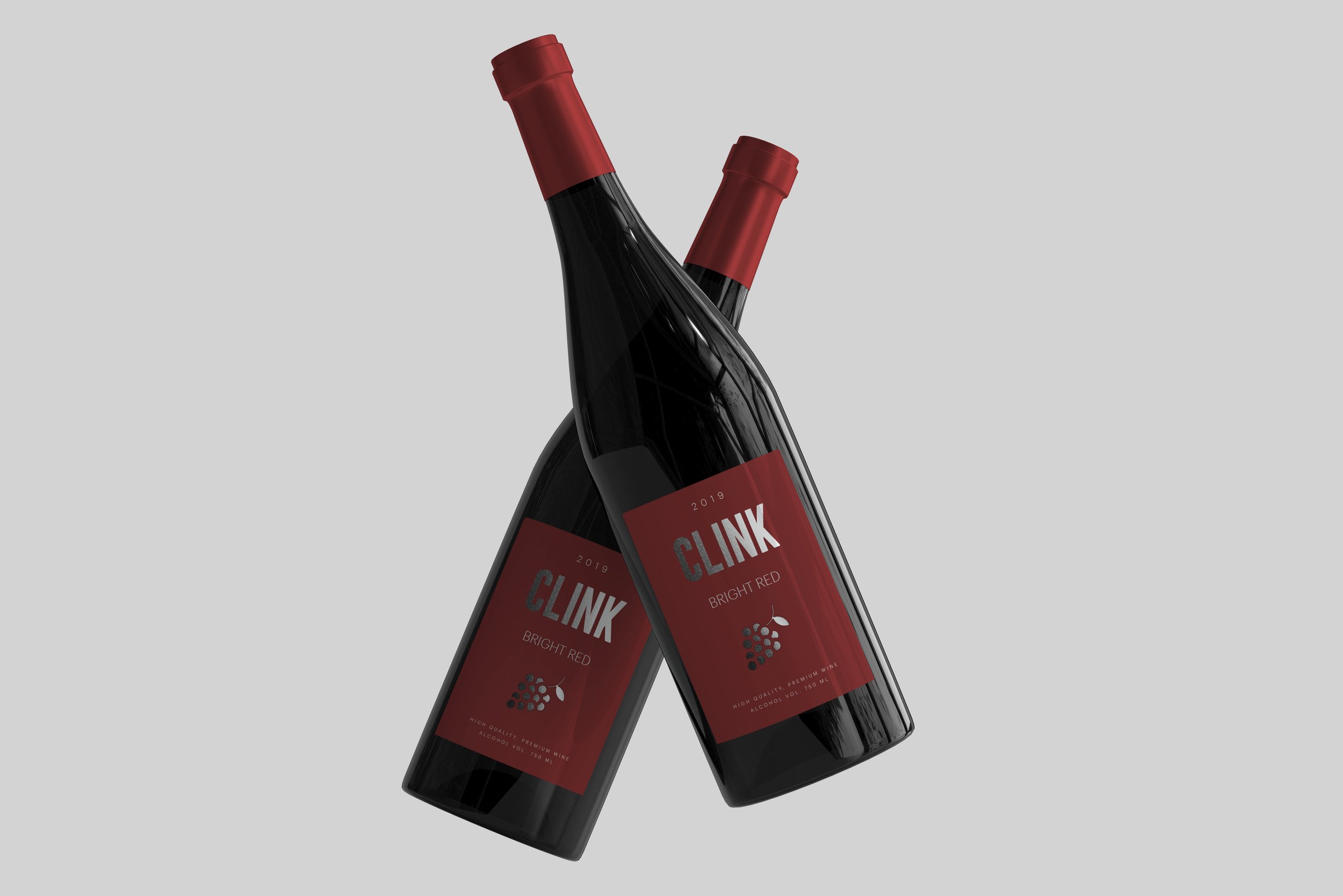
Venture Creation
Clink
Clink is a wine distribution business that targets a boutique market segment for national distributors to develop the upper-premium wine buyer persona. To explore all aspects of entrepreneurship, this course emphasized creation and development – from idea to inception to capital raise. Together, my team identified an opportunity and developed a complete business plan.
Time 12 weeks
Team 5 people
Tools Miro, Illustrator, Procreate
Role user research, illustrator, designer, marketer

How might we bridge the gap between international micro wineries and American wine distributors?
Market research
U.S. consumers of popular premium wines are growing. These wine buyers want to explore wines of quality and understand the story behind the product. They crave wines that punch above their weight and take them somewhere new. However, those wines are increasingly scarce in their price range, and they have no easy way to identify them on the shelf.
Grocery consumers of wines under $20 have little technical knowledge and struggle to identify quality and value when purchasing based on price, origin, and brand.
Objective
1: Give value consumers wines that are easy to identify, low cost, punch above their weight, and empower them to explore.
2: Give grocery retailers a consolidated line-up of wines under $20 that over-deliver on quality and provide variety without the SKUs.
3: Give non-U.S. producers of low volume, high quality, and low price wines a path into the U.S. market.

Delivering connection straight to consumers
One brand, many producers, the best quality wines
Product journey

Competitive advantage
Proprietary AI technology allows Clink to dramatically reduce the cost and time-intensity of wine selection and serve the low-price market by autonomously predicting wine quality based on its chemical makeup, rapidly narrowing the field of prospective wines for quality testing.
Go-to-market
Revenue generation
Convert grocery distribution representatives in high-volume states and grow direct to consumer business with brand awareness
Lean model
Technology drives efficiency and third-party partnerships and leases minimize fixed costs until product-market-fit is clear
Capital required
$1.9M, funding tech development, marketing, sales, and operations in years 1-3
TAM: $7.36B (2.8% CAGR)
importer revenue, wine sales, U.S. 2019
SAM: $655M
from still-wine, off-premium — CA, NY, TX, FL, NJ
YR5 SOM: $3.1M-$9.6M
in 10%-30% of stores, with 6 skus (average $), and 10% of $s from DTC program





